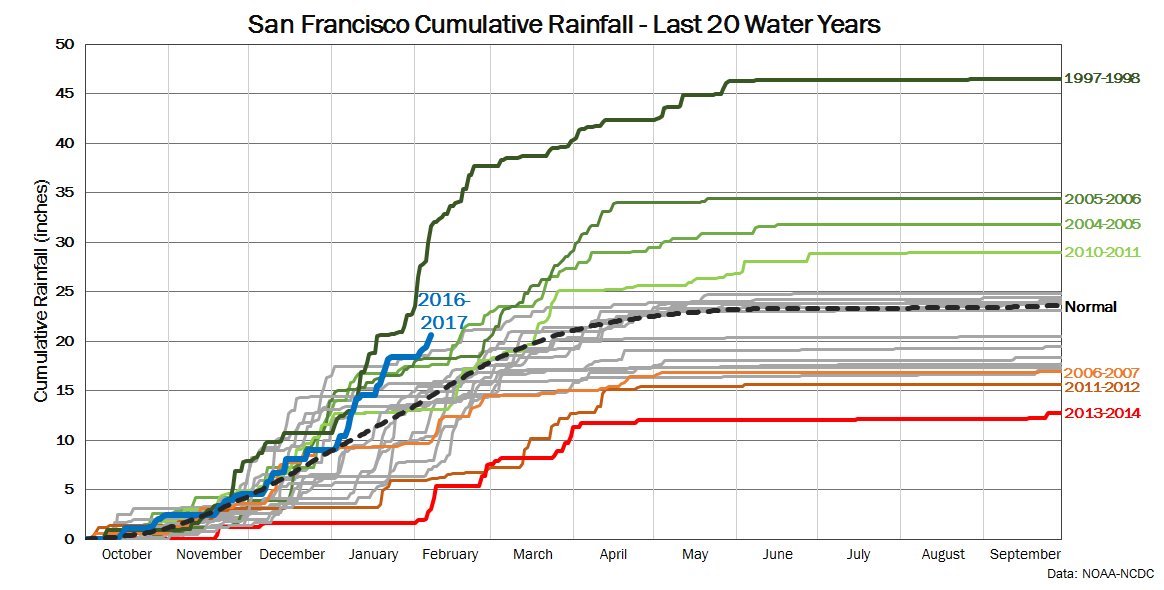

In a rare but not unprecedented event, Freddy tracked across the entire Indian Ocean from east to west in almost a straight line with very little deviation in latitude. On Feb 6, 15 days before it would make its first landfall in Madagascar, both the Australian Bureau of Meteorology and the US Joint Typhoon Warning Center reported the formation of Tropical Cyclone Freddy about 420 miles northwest of the northwest coast of Australia. Freddy originated from a weak area of low pressure that was embedded in a monsoon trough of low pressure stretching east-west across the Timor Sea between northern Australia and southern Indonesia. Meteorologically, Freddy has been a remarkable storm, becoming the longest-lived tropical cyclone in recorded history, lasting over five weeks. It then changed direction, re-intensified, weakened, re-intensified one last time, and made landfall once again on March 11 near Quelimane, Mozambique, as a Category 1 cyclone with sustained winds reported at 90 mph. Incredibly, Freddy drifted back out over the Mozambique Channel, nearly making landfall along the southwest coast of Madagascar. Despite being weaker at landfall, Freddy caused widespread flooding across parts of Mozambique due to the storm stalling out near the coast after making landfall. After crossing over Madagascar Freddy continued westward over the Mozambique Channel before making landfall again along the east coast of Mozambique just south of Vilankulos as a moderate tropical storm with sustained winds estimated at 50 mph. 21, 2023, as a Category 3 cyclone with average winds reported at ~81 mph (130 km/h) and gusts up to ~112 mph (180 km/h). Video captured in the heart of the neighborhood showed water coming up to the top of cars.Tropical Cyclone Freddy first made landfall along the east coast of Madagascar just north of the town of Mananjary on Feb. The impressive rainfall over the past week led to a dangerous situation in the community of Pajaro, located about 70 miles south of San Francisco, after the rain-swollen Pajaro River burst through its levee and flooded the area. Have the app? Unlock AccuWeather Alerts™ with Premium+ The latest atmospheric river affected the state from Monday to Wednesday and came right on the heels of a separate storm system that brought soaking rain to the snow-packed higher elevations of the Sierra Nevada late last week. The highest 72-hour rain totals were concentrated in the northern part of the state, with Shasta Dam, Honeydew and Stirling City each picking up more than 9 inches.

Other daily rainfall records broken Tuesday in Southern California include Long Beach Airport (1.53 inches), Camarillo Airport (2.04 inches), Oxnard (2.25 inches) and Santa Barbara Airport (2.54 inches). A video shared by the California Department of Transportation showed a front-end loader removing large rocks from the highway. This included a stretch of State Route 33 north of Ojai in Ventura County. Throughout the state, roadways remained closed on Thursday due to recent rockslides and mudslides caused by the rain. The record at Los Angeles International Airport was also smashed, with 1.97 inches of rainfall topping the previous daily record of 0.43 of an inch. Another half an inch of rain will nudge the ranking up to 12th. The city is already approaching annual rainfall records, with 2023 now the 14th wettest year on record for downtown (23.99 inches so far). On Tuesday, record daily maximum rainfall records were set across Southern California, including in Los Angeles.ĭowntown Los Angeles received 1.89 inches of rain, breaking a record of 1.74 inches that was set nearly 100 years ago on March 14, 1930. Yet another round of storms in California this week drenched the state, bringing record-setting rainfall to several spots and forcing first responders to make a number of water rescues.


 0 kommentar(er)
0 kommentar(er)
